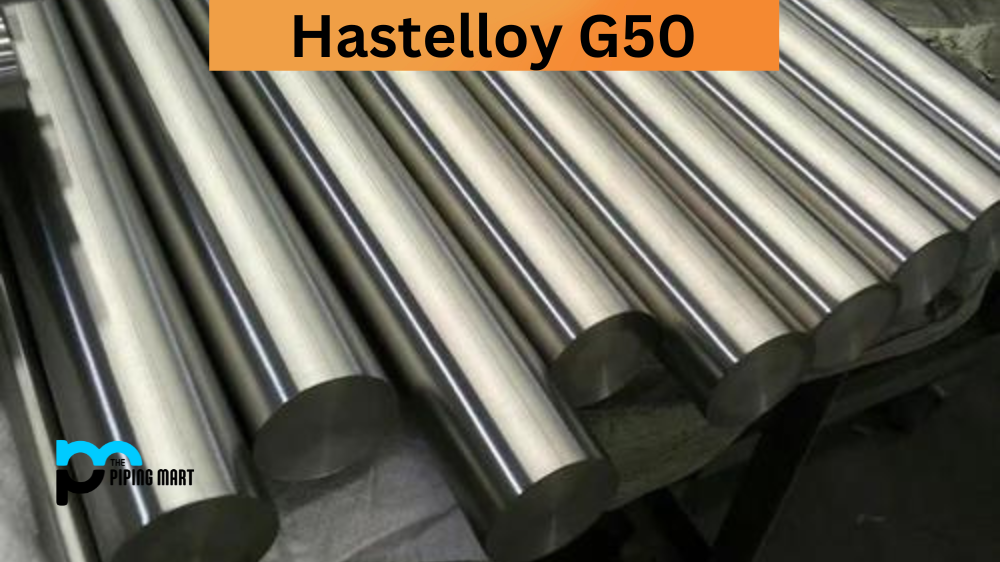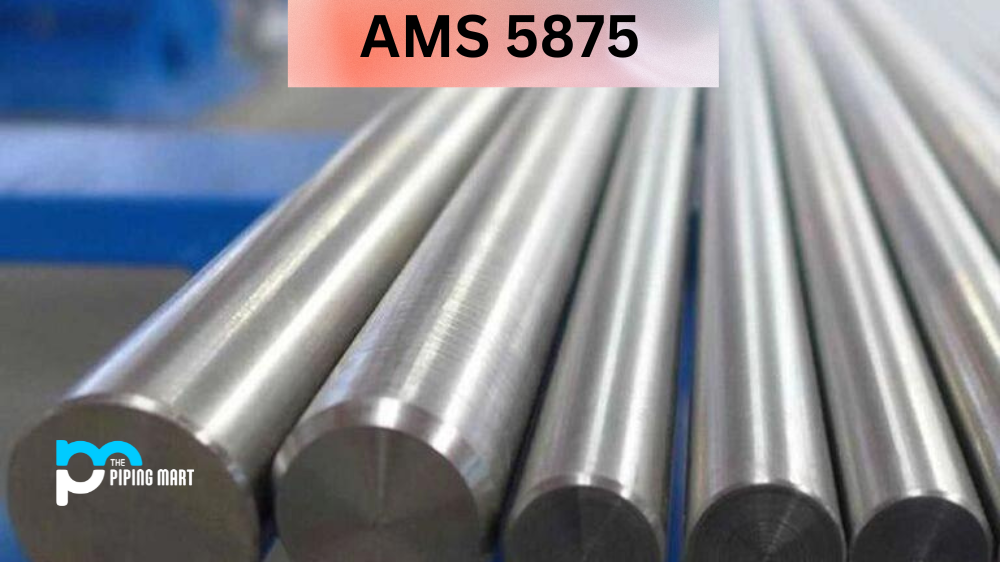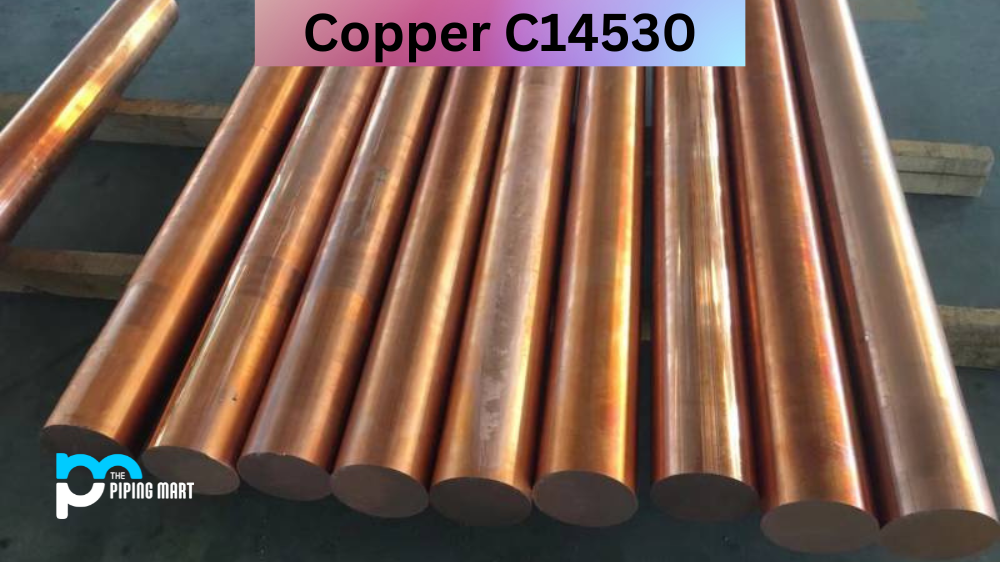Hastelloy G50 is a nickel-based alloy with excellent mechanical properties designed specifically for highly corrosive environments. It’s one of the many advanced materials used in the aerospace and oil and gas industries, where it provides the necessary strength and resistance to withstand harsh conditions. This blog post explores the composition, physical and mechanical properties, hardness, heat treatment, welding, and corrosion-resistant properties of hastelloy g50.
Hastelloy G50 Composition
The composition of Hastelloy G50 is mainly nickel, chromium, molybdenum, and tungsten as its primary elements. This alloy also contains aluminium, titanium, and other trace elements that enhance its overall properties. Combining these elements makes Hastelloy G50 resistant to oxidizing and reducing environments, organic and inorganic acids, and even high temperatures.
| Elements | Content (%) |
|---|---|
| Nickel, Ni | ≥ 50 |
| Chromium, Cr | 19-21 |
| Iron, Fe | 15-20 |
| Molybdenum, Mo | 8-10 |
| Cobalt, Co | ≤ 2.50 |
| Manganese, Mn | ≤ 1 |
| Silicon, Si | ≤ 1 |
| Tungsten, W | ≤ 1 |
| Niobium, Nb | ≤ 0.50 |
| Copper, Cu | ≤ 0.50 |
| Aluminum, Al | ≤ 0.40 |
| Phosphorous, P | ≤ 0.040 |
| Carbon, C | ≤ 0.020 |
| Sulfur, S | ≤ 0.015 |
Hastelloy G50 Physical Properties
Hastelloy G50 has excellent physical properties that suit harsh corrosive environments. It boasts a density of 8.5 g/cm3, a melting point of 1416°C, and thermal conductivity of 8.4 W/m-K. Additionally, it maintains its mechanical strength, even at high temperatures of up to 1038°C.
| Properties | Metric | Imperial |
|---|---|---|
| Density | 8.33 g/cm³ | 0.301 lb/in³ |
| Melting point | 1399°C | 2550°F |
Hastelloy G50 Mechanical Properties
Hastelloy G50 is known for its high strength and excellent resistance to stress corrosion cracking. It also has good flexibility and toughness, making it suitable for critical components subjected to high-stress and pressure environments.
| Properties | Metric | Imperial |
|---|---|---|
| Tensile strength | ≥ 760 MPa | ≥ 110000 psi |
| Yield strength (@ strain 0.200%) | 700-860 MPa | 102000-125000 psi |
| Elastic modulus (room temp.) | 192 GPa | 27800 ksi |
| Elongation at break (in 50 mm) | ≥ 20% | ≥ 20% |
| Hardness, Brinell (estimated from Rockwell C for Brinell 10 mm ball/3000 kg load) | 290 | 290 |
| Hardness, Knoop (estimated from Rockwell C) | 345 | 345 |
| Hardness, Rockwell A (estimated from Rockwell C) | 66 | 66 |
| Hardness, Rockwell C | ≤ 31 | ≤ 31 |
| Hardness, Vickers (estimated from Rockwell C) | 300 | 300 |
Hastelloy G50 Thermal Properties
| Properties | Metric | Imperial |
|---|---|---|
| Thermal expansion co-efficient (@ 20-95°C/68- 03°F) | 13.0 µm/m°C | 7.22 µin/in°F |
Hastelloy G50 Uses
This alloy has various uses in industries like chemical processing, oil and gas exploration, aerospace, and marine engineering. These applications include valves, pumps, heat exchangers, turbochargers, and other critical components that require exceptional resistance to various corrosive environments.
Hastelloy G50 Hardness
Hastelloy G50 has a maximum hardness of 36 HRC in its welded and heat-treated condition. It’s a relatively high hardness that can withstand high temperatures without deformation or wear.
Hastelloy G50 Heat Treatment
Hastelloy G50 can be heat-treated to improve its mechanical properties. It can be annealed at 1038°C and held at this temperature for one hour to achieve its full strength. Alternatively, it can be quenched and tempered to enhance its mechanical hardness.
Hastelloy G50 Welding
Hastelloy G50 is readily weldable using standard welding methods such as TIG, MIG, and SMAW. However, the weld quality may be affected due to the high carbon content. Therefore, preheating and post-weld heat treatment is necessary to alleviate the risk of cracking and enhance the weld quality.
Hastelloy G50 Corrosion Resistance
Finally, the primary advantage of Hastelloy G50 is its ability to resist corrosion. It is resistant to oxidizing and reducing environments and inorganic and organic acids. It also has excellent resistance to stress corrosion cracking, which is why it is a popular material for use in harsh environments.
Conclusion
Hastelloy G50 is a versatile nickel-based alloy that offers exceptional resistance to corrosion, high strength, and excellent mechanical properties. It is an excellent choice for harsh environments requiring strong, durable, and corrosion-resistant materials. Whether in the aerospace, oil, gas, or chemical processing industries, Hastelloy G50 has proved useful in various applications. Understanding its composition, physical and mechanical properties, welding characteristics, hardness, and corrosion-resistant properties can help you select the right alloy for your application.

Meet Bhavesh, a seasoned blogger with a wealth of knowledge and experience. From metal products manufacturing to retail, Bhavesh has a diverse background in various industries and is dedicated to sharing his insights and expertise with readers.




